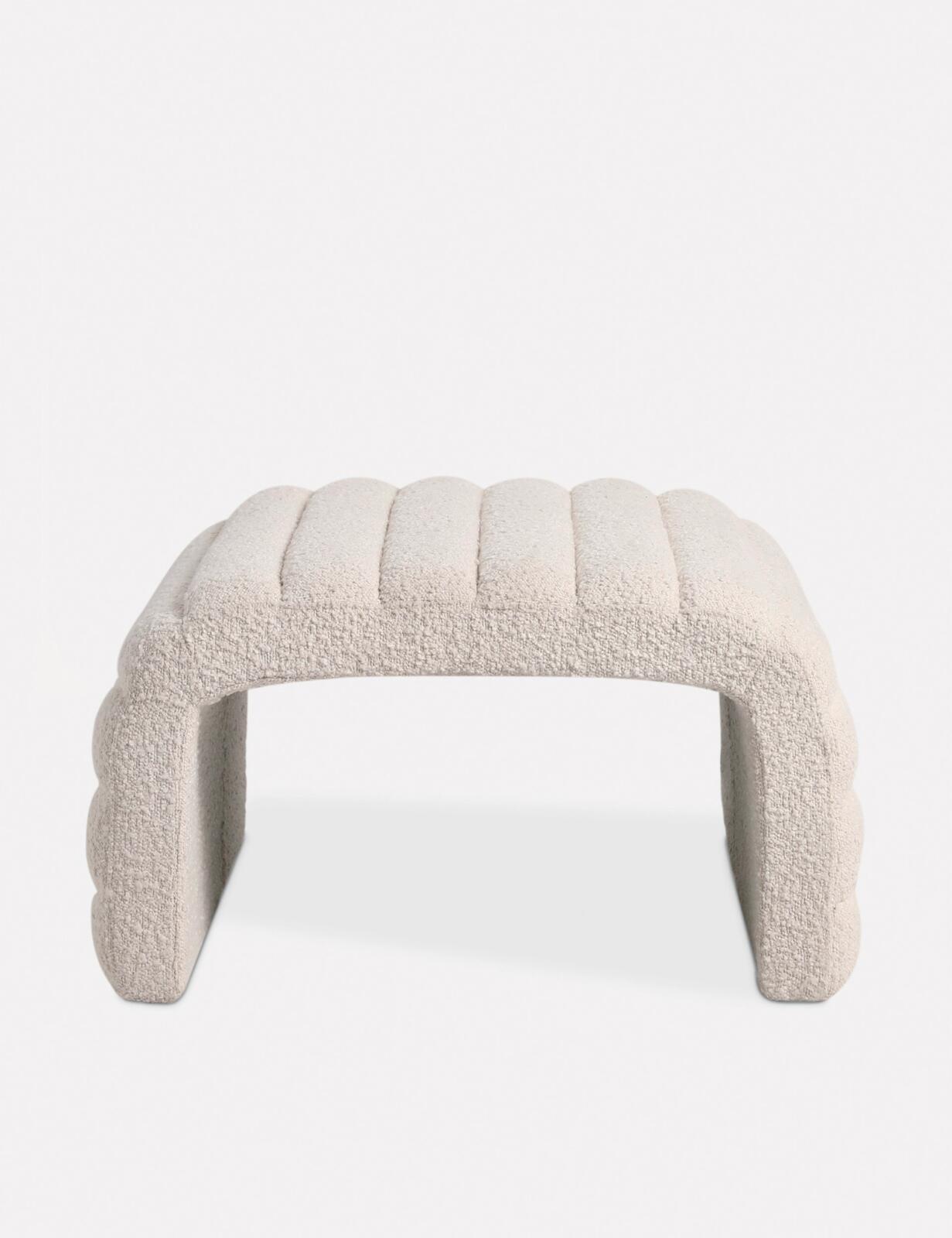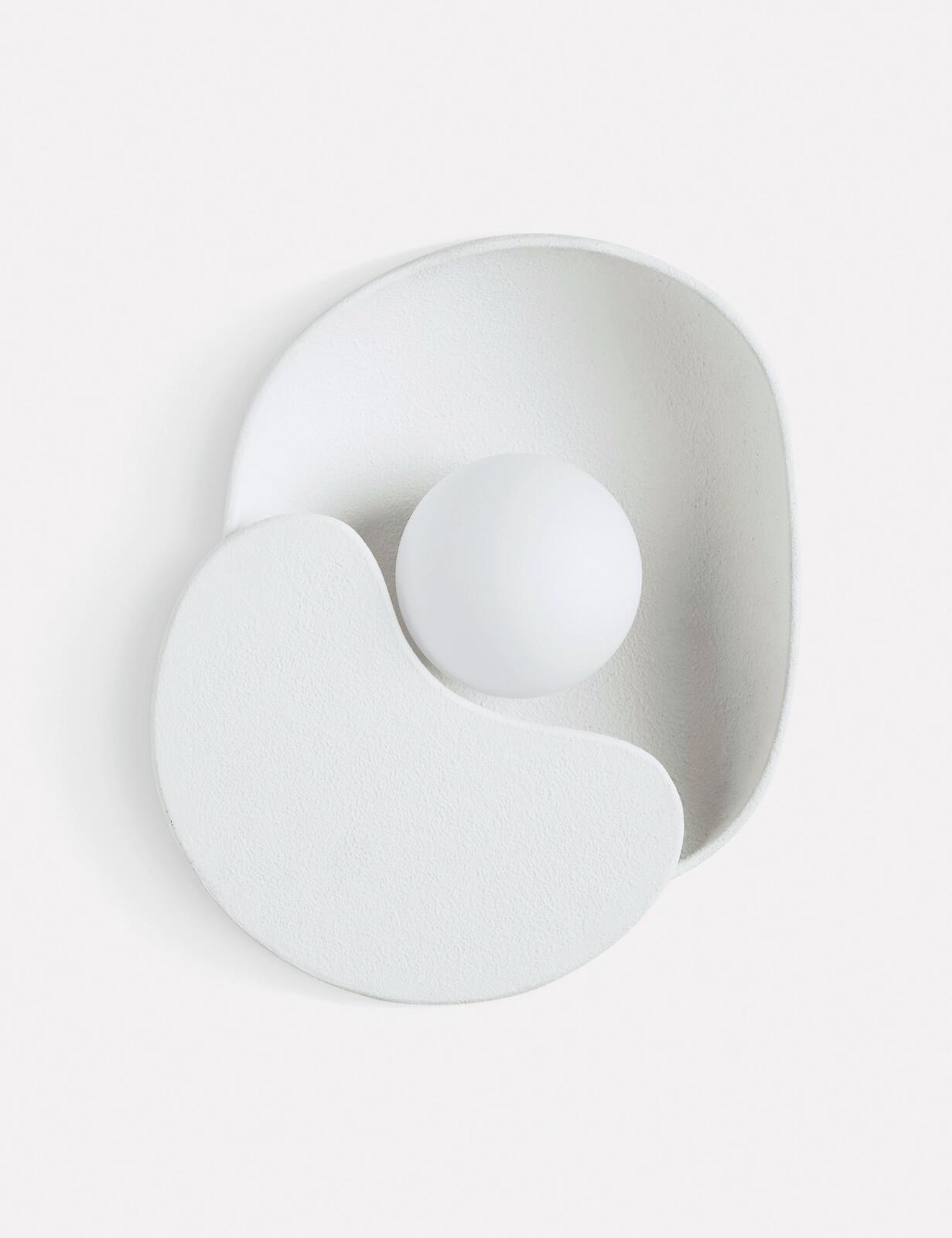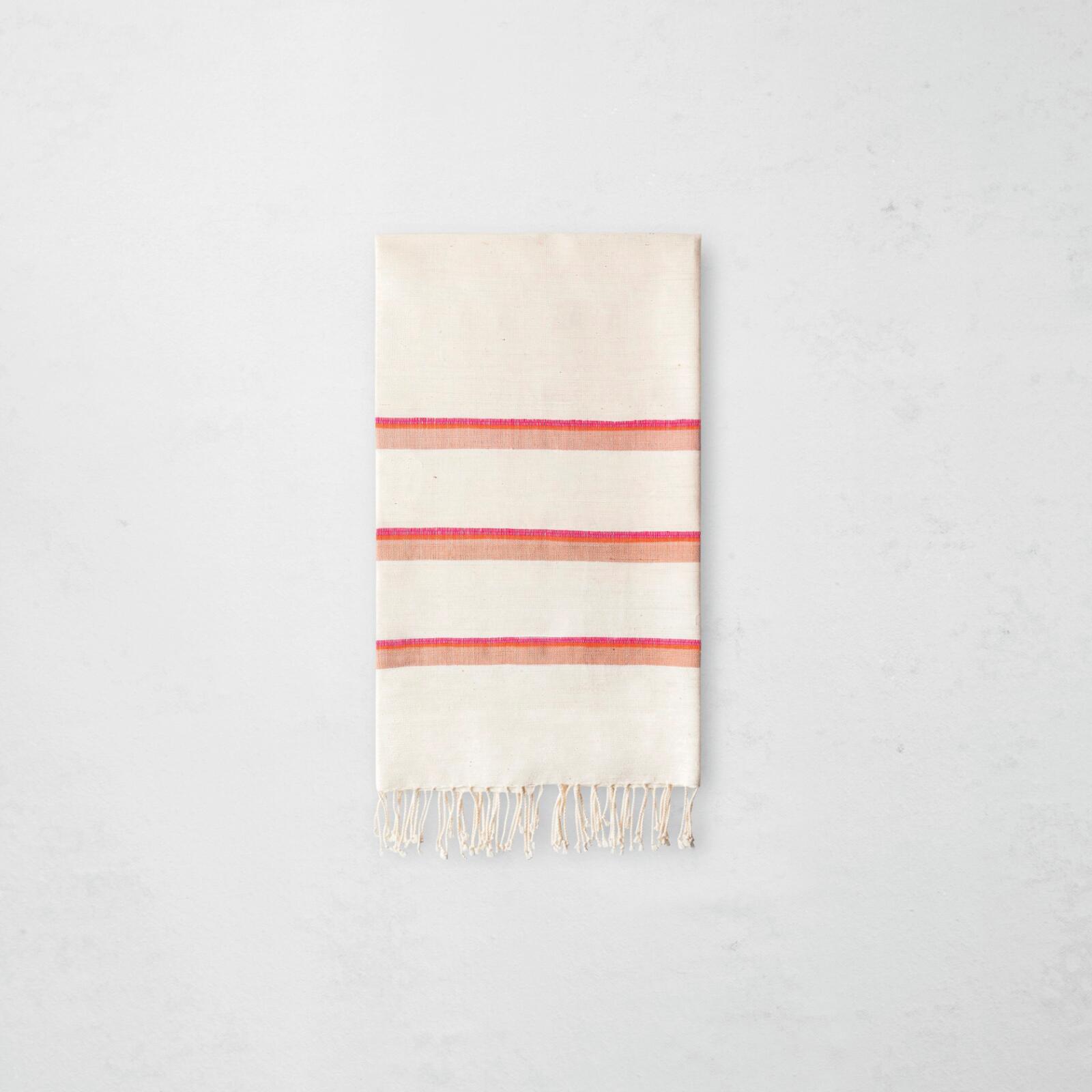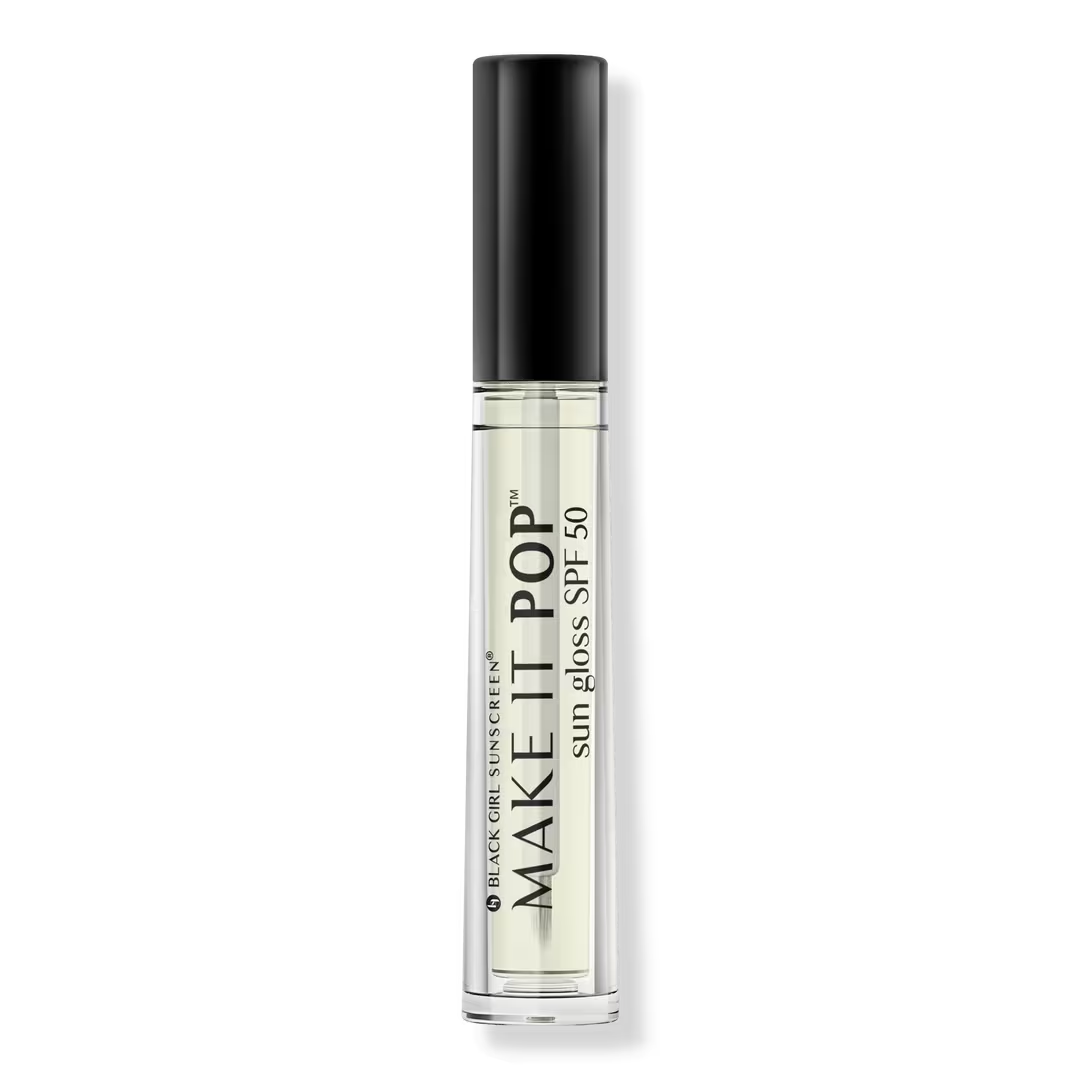
We should all have a skincare routine. After all, as Dr. Rosemarie Ingleton, Medical Director of Ingleton Dermatology says, consistency is one of the keys to healthy skin. “It is important to note the four-week turnover time in skin to see how products actually affect the skin,” Dr. Ingleton continues. Additionally, “we want to make the routine easy and pleasurable to use.”
With so many products and skincare categories to choose from, it may be difficult to know what order you should use each product in. To make it a little easier, below, Dr. Ingleton breaks down the ideal skincare regimen – from cleanser to sunscreen – to follow for optimal skin health.
Step 1: Cleanse
A cleanser is the foundation of your skincare routine. As the first step at your bathroom sink, a cleanser can wash off makeup, dirt, excess oil, or other pollutants from a long day. Use lukewarm water and massage the cleanser into your face, spending at least one to two minutes on this important step.
You may think your cleanser has to strip your skin with a dry, tight feeling to be clean. However, the key to a facial cleanser is to retain moisture without stripping away natural oils, even for oilier skin. “You definitely want to avoid any harsh cleansers that can strip the skin,” she says. “Also, opt for patting the skin dry instead of wiping or scrubbing it dry.”
Step 2: Treat
As the second step, use a treatment to target your specific skin concerns. From acne and hyperpigmentation, to hydration and brightening, a skin care treatment is a personalized step for healthier skin. “I recommend a gentle, exfoliating toner for almost all my patients to use two to three times a week,” Dr. Ingleton says. “Otherwise, the treatment step could be a serum or essence based on your needs.”
Step 3: Hydrate







Now that your skin is prepped, let’s move on to step three. Just how you hydrate your body, your skin needs hydration on the inside and out. As the third step in your skin care routine, use a hydrator to seal in the treatment. Apply “an easily absorbed, non-comedogenic moisturizer” to avoid clogging your pores as you add hydration to your skin.
Step 4: Sunscreen
Sunscreen is an important, final step in any daytime skincare routine. Finish your routine with SPF protection to help reduce the risk of hyperpigmentation, skin cancer, and slow the appearance of aging. The SPF can be your moisturizer or a standalone product, “as long as you’re protecting the skin from the sun and damage it does to all skin,” she concludes.






